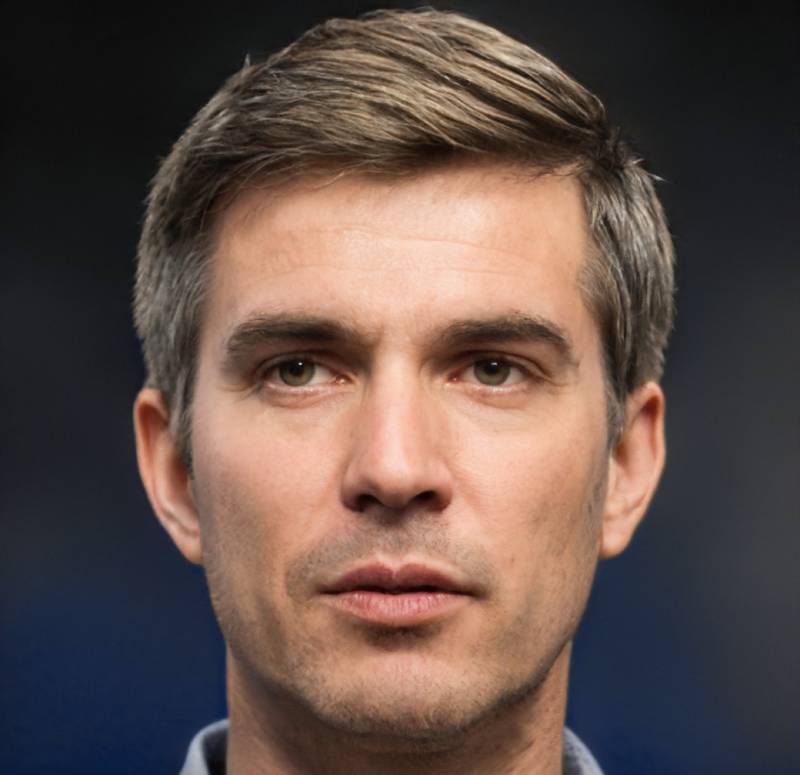Known as the “NBA Superfan,” Jimmy Goldstein is a vibrant presence at major basketball games. With his eye-catching fashion and countless courtside appearances, Goldstein represents a unique blend of fandom and fortune. But beneath the flamboyant exterior lies a complex figure whose wealth stems from a controversial real estate empire, particularly in mobile home parks.
The NBA Superfan’s Distinctive Style
Jimmy Goldstein is an unmistakable figure at every NBA Finals game, regularly seen in eye-catching ensembles that include:
- Studded black leather pants
- A highly embellished leather jacket, often in colors like black, yellow, red, or orange
- Snakeskin boots
- A bandana around his neck
- A floppy leather hat, reportedly made from python
At 85 years old, Goldstein, characterized by his wiry frame and shoulder-length silver-blond hair, often appears arm-in-arm with a model significantly younger than him. Over the years, his presence has become nearly as well-recognized as star players, with attendance at thousands of NBA games, including almost every NBA Finals since the early 1990s.
Reports indicate that Goldstein spends over $500,000 annually on NBA tickets while holding season tickets for both the Los Angeles Lakers and Clippers. Though he resides in one of the city’s most iconic mansions, he claims no allegiance to any one team, instead celebrating the sport as a whole.
A Lifelong Passion for Basketball
Jimmy Goldstein was born on January 5, 1940, in Milwaukee, Wisconsin, to C. Ellis Goldstein, who managed a department store. Despite a stable upbringing, Jimmy later described his father’s conservative style as a motivation for his own extravagant fashion choices.
Goldstein’s fascination with basketball was ignited at the age of 15 when he began keeping stats for the Milwaukee Hawks, a precursor to today’s Atlanta Hawks. He recalls, “Once I sat courtside, I was totally hooked. My entire life has been devoted to professional basketball since then.”
After playing basketball at Nicolet High School, he went on to Stanford University, where he studied mathematics and physics. Subsequently, he earned an MBA from UCLA. Preferring to avoid conventional work hours, Goldstein sought ways to maximize his free time for his passions.
Building a Real Estate Empire
Goldstein’s path to wealth began in the mid-1960s when he joined Rammco Investment Corporation, a real estate firm making substantial profits by converting farmland on Los Angeles’ outskirts into housing developments. It was there that he discovered the lucrative potential of mobile home parks.
In the early 1980s, he set out on his own, acquiring several mobile home communities in California. While many may see these properties as less glamorous, they yield consistent cash flow and high potential returns, particularly where rent control exists.
Goldstein’s aggressive strategy focused on parks with artificially low rents. He would purchase these properties and seek to raise the rents significantly, often engaging in legal battles to achieve his goal. Over the years, he has faced criticism for his methods, which critics describe as exploiting legal loopholes while benefiting from increased rents in communities of economically vulnerable residents.
Controversy and Legal Battles
Critics, including city officials and tenant advocates, argue that Goldstein’s approach significantly impacts low-income residents, especially in senior communities relying on fixed incomes. Goldstein defends his actions as protecting property rights, claiming that the increase in rent is an economic adjustment rather than exploitation.
His controversial tactics have made headlines, including his use of a legal loophole that allowed him to convert rent-controlled mobile home parks into individually-owned lots. Though this practice faced significant backlash and led to legislative changes, Goldstein contends that he is merely responding to restrictive rent controls.
A Unique Residence
While Goldstein built substantial wealth through mobile home parks, his own home is a stark contrast to the properties he owns. Tucked into a Beverly Hills hillside, it was designed by renowned architect John Lautner in the 1960s and is known as the Sheats-Goldstein Residence. Goldstein purchased the home for $182,000—it would be roughly $1.4 million today—and invested in extensive restorations and expansions over the decades, including an infinity-edge tennis court and a nightclub called Club James.
The iconic property gained international fame after being featured in the cult classic film “The Big Lebowski,” further establishing Goldstein’s unique position in popular culture.
Future Legacy
In 2016, Goldstein announced plans to donate his entire estate to the Los Angeles County Museum of Art (LACMA), along with a significant maintenance endowment. This decision will ensure that his home becomes part of the city’s artistic and cultural scene after his passing.
Jimmy Goldstein is indeed a complex individual, who carved out a niche as a superfan of basketball while accumulating wealth through a controversial real estate approach. A true original, he has devoted his life to his passions—watching basketball, collecting art, creating distinctive fashion styles, and living in a home like no other.

Meet William, a proud Bethel University alumnus with a fervent passion for lifestyle and culture topics. His keen interest doesn’t stop there; he’s also deeply engrossed in current events of all kinds. William dedicates himself wholeheartedly to this site, thriving on the collaborative energy he shares with Suzanne, his long-standing partner in crime.
Having navigated their university courses side by side for years, their teamwork on the site is nothing short of dynamic. Together, they bring a unique blend of insights, proving that two heads are indeed better than one in delivering compelling content.












